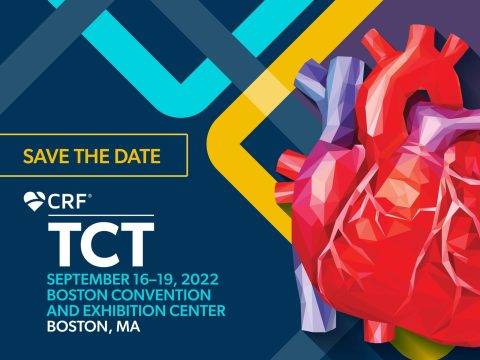Renal denervation has been developed to treat blood hypertension. Even though at present is still not common, with the development of new technology and improved technique, its results are promising.

The RADIANCE II Pivotal included 224 patients. 150 received renal denervation with ultrasound (uRDN) and 74 went to the control group.
Efficacy primary end point was ambulatory systolic blood pressure at 2 months.
Mean age was 55, 25% were women, 6% diabetic, 5% had prior hospitalization for hypertensive crisis.
Office systolic BP was 155/100 mmHg and they only received one antihypertensive drug.
There were no complications during the procedure, or at 6 months.
Primary end point resulted in favor of uRDN: -7.9 mmHg vs. 1.8 mmHg p<0.0001.
Read also: TCT 2022 | FRANCE-TAVI Registry: Small Annuli.
At 2 months, those receiving uRDN presented lower systolic and diastolic ambulatory BP, both day and nighttime office measurements.
uRDN did not alter renal function at 2 month follow up.

Dr. Carlos Fava.
Member of the Editorial Board of SOLACI.org.
Original Title: Endovascular Ultrasound Renal Denervation to Treat Uncontrolled Hypertension: Primary Results of the Randomized, Sham-Controlled RADIANCE II Pivotal Trial.
Presenter: Ajay Kirtan.
Subscribe to our weekly newsletter
Get the latest scientific articles on interventional cardiology





